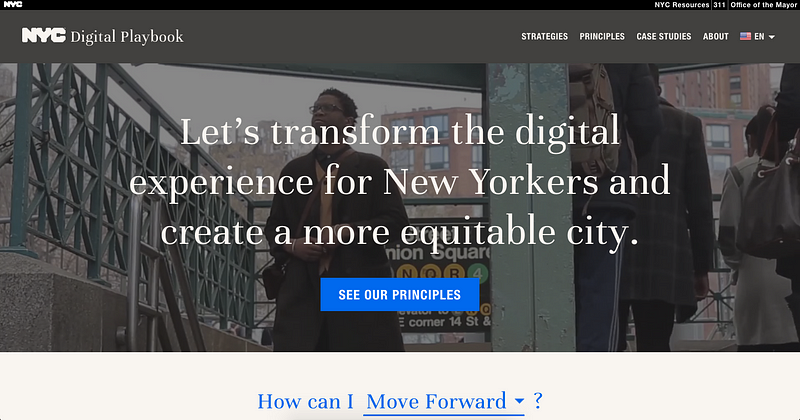David Bornstein in the New York Times: “…But there is a problem: Demand for organ transplants vastly outstrips supply, as my colleague Tina Rosenberg has reported. In 2015 in the United States, there were only about 9,000 deceased donors (each of whom can save up to eight lives) and 6,000 living donors (who most often donate a kidney or liver lobe). Today, more than 121,000 people are on waiting lists, roughly 100,000 for kidney transplants, 15,000 for livers, and 4,000 for hearts. And the lists keep getting longer — 3,000 people are added to the kidney list each month. Last year, more than 4,000 people died while waiting for a new kidney; 3,600 dropped off the waiting list because they became too sick to qualify for a transplant.
Although 95 percent of Americans support organ donation, fewer than half of American adults are registered as donors. Research suggests that the number who donate organs after death could be increased greatly. Moreover, surveys indicate untapped support for living donation, too; nearly one in four people have told pollsters they would be willing to donate a kidney to save the life of a friend, community member or stranger. “If one in 10,000 Americans decided to donate each year, there wouldn’t be a shortage,” said Josh Morrison, who donated a kidney to a stranger and founded WaitList Zero, an organization that works to increase living kidney donation.
What could be done to harness people’s generous impulses more effectively to save lives?
One group attacking the question is Organize, which was founded in 2014 by Rick Segal’s son Greg, and Jenna Arnold, a media producer and educator who has worked with MTV and the United Nations in engaging audiences in social issues. Organize uses technology, open data and insights from behavioral economics to simplify becoming an organ donor.
This approach is shaking up longstanding assumptions.
For example, in the last four decades, people have most often been asked to register as an organ donor as part of renewing or obtaining a driver’s license. This made sense in the 1970s, when the nation’s organ procurement system was being set up, says Blair Sadler, the former president and chief executive of Rady Children’s Hospital in San Diego. He helped draft theUniform Anatomical Gift Act in 1967, which established a national legal framework for organ donation. “Health care leaders were asking, ‘How do we make this more routine?’” he recalled. “It’s hard to get people to put it in their wills. Oh, there’s a place where people have to go every five years” — their state Department of Motor Vehicles.
Today, governments allow individuals to initiate registrations online, but the process can be cumbersome. For example, New York State required me to fill out a digital form on my computer, then print it out and mail it to Albany. Donate Life America, by contrast, allows individuals to register online as an organ donor just by logging in with email or a Facebook or Google account — much easier.
In practice, legal registration may be overemphasized. It may be just as important to simply make your wishes known to your loved ones. When people tell relatives, “If something happens to me, I want to be an organ donor,” families almost always respect their wishes. This is particularly important for minors, who cannot legally register as donors.
Using that insight, Organize is making it easier to conduct social media campaigns to both prompt and collect sentiments about organ donation from Facebook, Twitter and Instagram.
If you post or tweet about organ donation, or include a hashtag like #iwanttobeanorgandonor, #organdonor, #donatemyparts, or any of a number of other relevant terms, Organize captures the information and logs it in a registry. In a year, it has gathered the names of nearly 600,000 people who declare support for organ donation. Now the big question is: Will it actually increase organ donation rates?
We should begin getting an idea pretty soon. Organize has been working with the Nevada Donor Network to test its registry. And in the coming months, several other states will begin using it….(More)”

